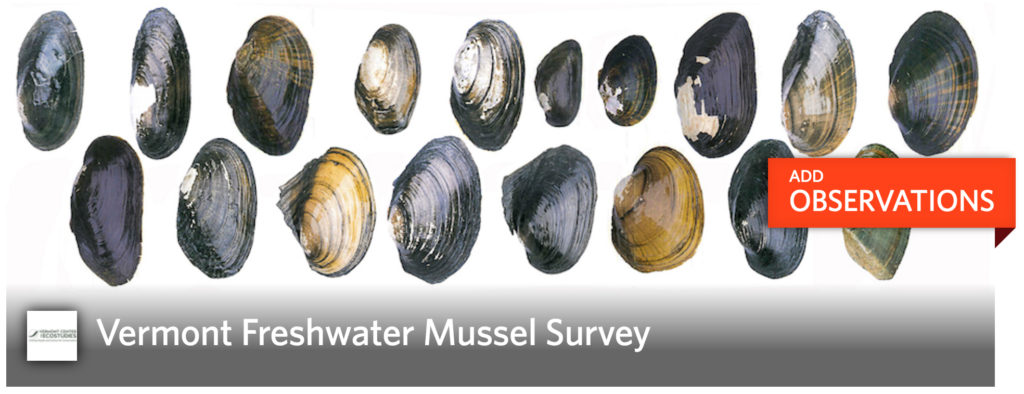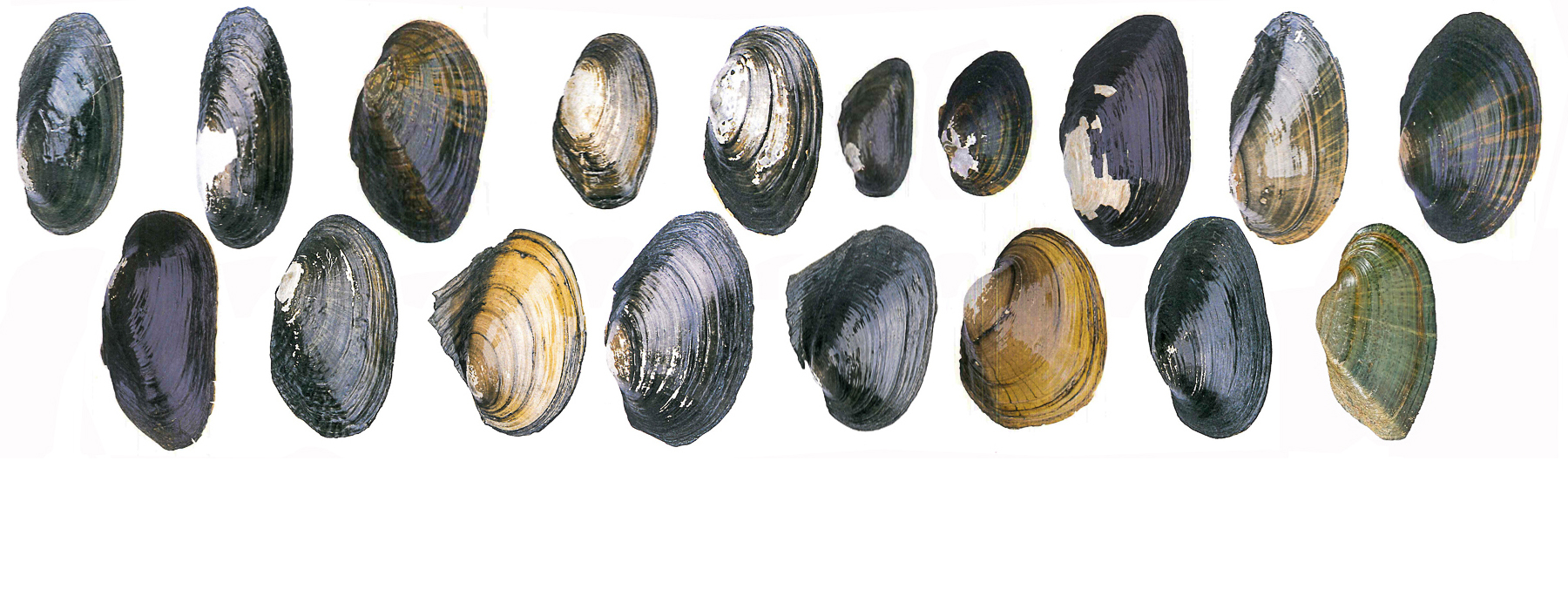From the common to the rare, we need your help in recording locations of freshwater mussels in Vermont. Nearly everyone knows what a mussel shell looks like and many of you are armed with a camera. Help us find them.
Adding your photo-observations to the atlas is easy. Snap images of freshwater mussel shells you find and upload your observations to the Vermont Atlas of Life on iNaturalist. New to iNaturalist? Siign up, check out the help and tutorials, and then get outside and start gathering important data on freshwater mussels along lakes, rivers and streams in your area. Please do not disturb live freshwater mussels unless you are experienced. Look for empty shells along the shoreline to photograph.
Photographing Shells of Freshwater Mussels
With 18 species of native mussels that closely resemble each other, be sure to check out our tips on how to photograph shells to make it easier for experts to help identify them.
- Photograph both the inside and outside of the empty shells in one or more images.
- Laying a specimen on a flat surface and shooting directly down on it is often best. Place a metric ruler next the shell for scale. It is also helpful to give the shell measurements as a comment with your record too.
Identifying Freshwater Mussels
Identifying freshwater mussels to species can be tricky. Even if you don’t know the species, you can still contribute your observations to our project with good photos and adding them as just “Freshwater Mussels” or with your best guess of species to our iNaturalist Project.
Here are a few great resources:
- Annotated List of Vermont freshwater mussels (PDF)
- Discovery Life – Freshwater Mussel guide
- Nedeau, E.J. 2008. Freshwater Mussels and the Connecticut River Watershed. Connecticut River Watershed Council. Greenfield, MA. xvii + 132pp. (front matter) (Chap 1: Biology and Ecology) (Chap 2: Habitat and Distribution) (Chap 3: Status and Threats) (Chap 4: Protect and Restore) (Chap 5: species profiles)
- Nedeau, E.J. and J. Victoria. A Field Guide to the Freshwater Mussels of Connecticut. Connecticut Department of Environmental Protection. 33 pp. (PDF)







